A partially edible robot based on a fully edible sensor addresses the burden of electronic waste while simultaneously acting as a nutrition source.
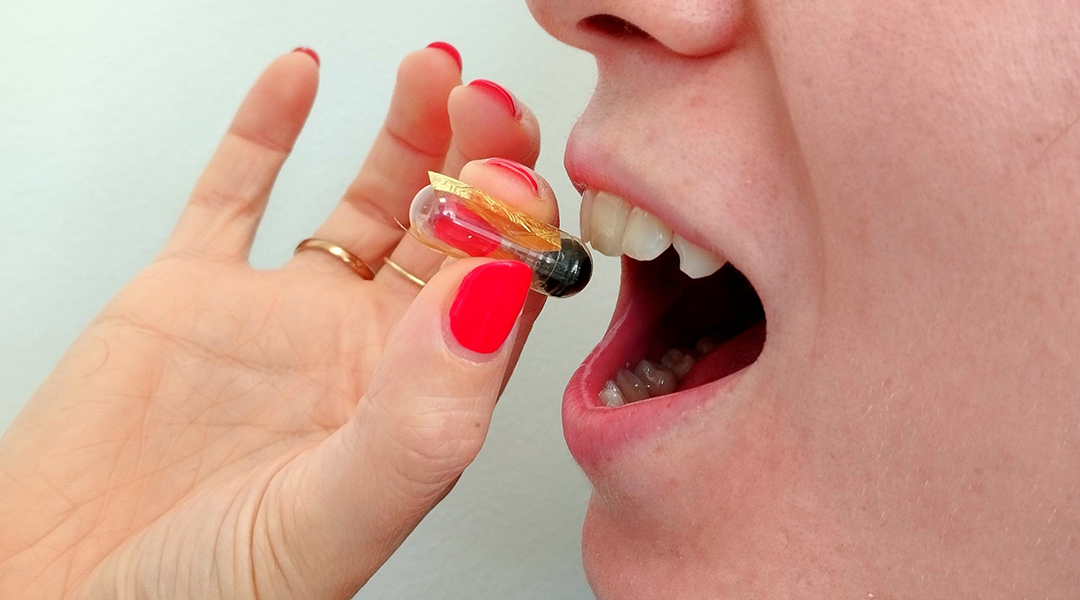

A partially edible robot based on a fully edible sensor addresses the burden of electronic waste while simultaneously acting as a nutrition source.

Biodegradable soft robots made from brown seaweed and hydrogels enable the exploration of fragile environments with minimal environmental impact.
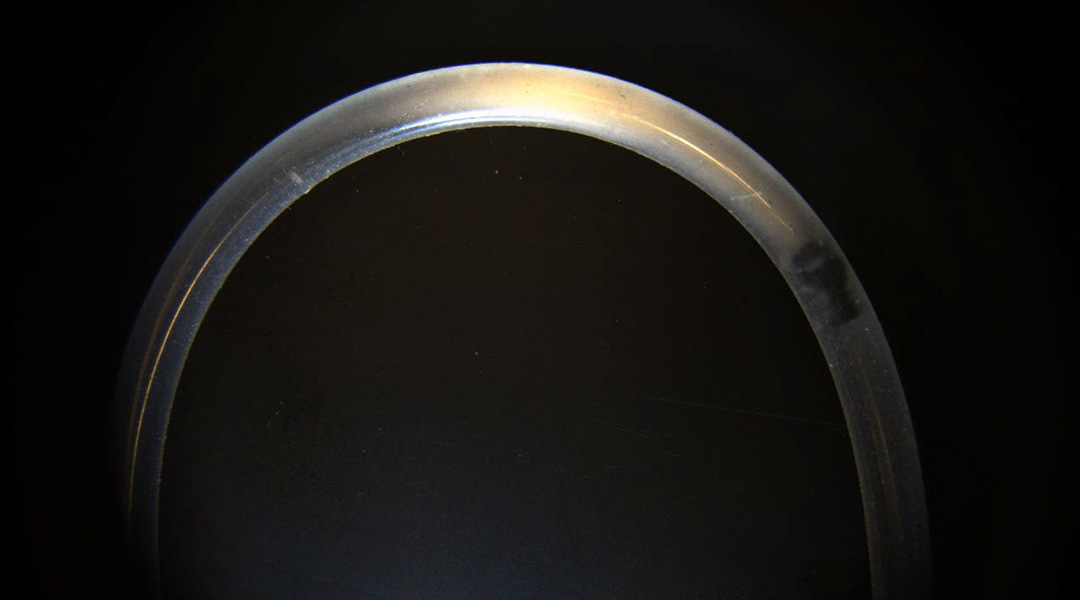
Magnetic hydrogel micromachines break up biofilms and release antibiotics, combating biofilm infections associated with medical devices.
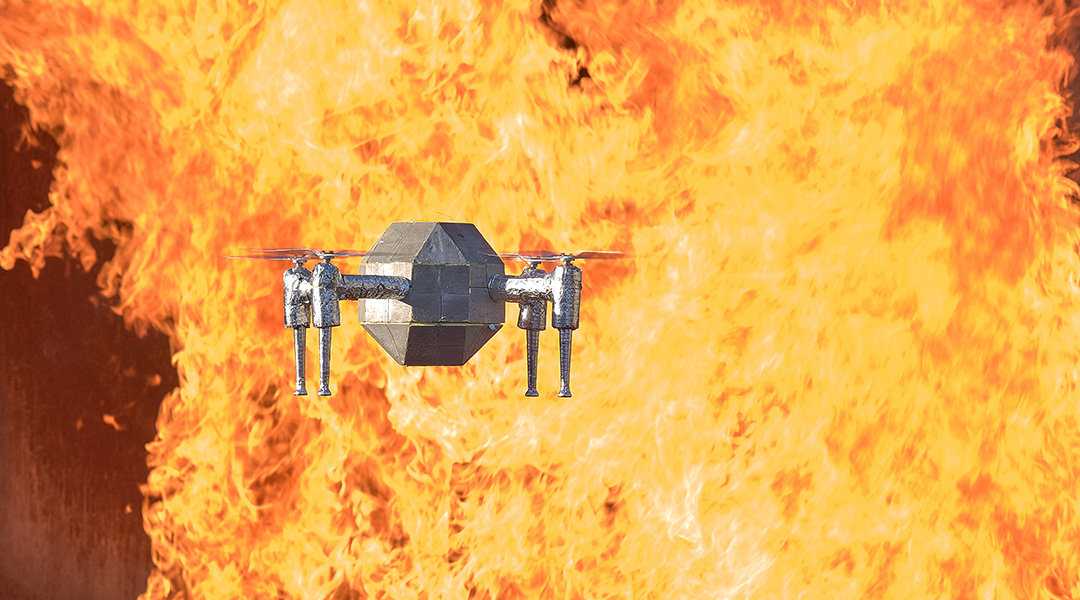
FireDrone could be sent in ahead to find trapped people, assess layouts and unexpected hazards to allow responders to prepare accordingly and save more lives
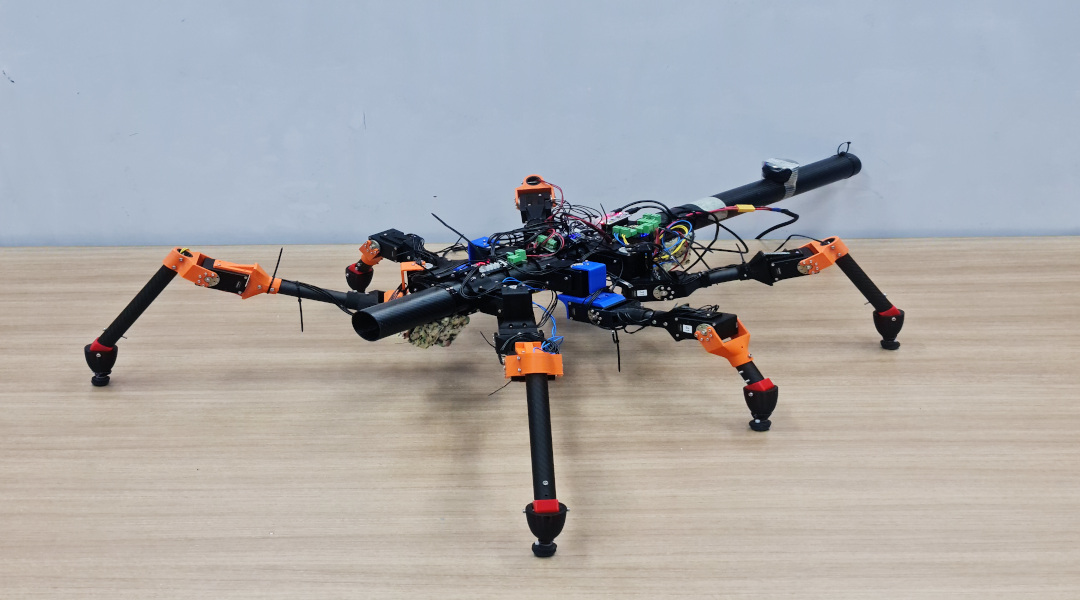
Researchers use stick insect locomotion as inspiration for machine learning approaches to teaching robots how to walk.
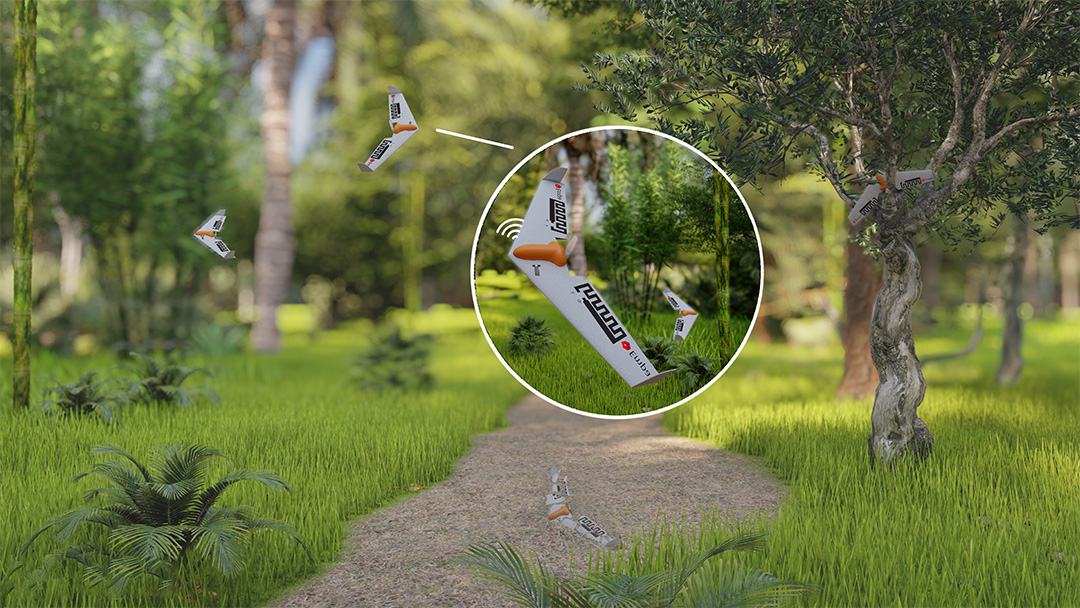
The forest floor should be able to make a meal out of this new drone made of almost completely from biodegradable parts.
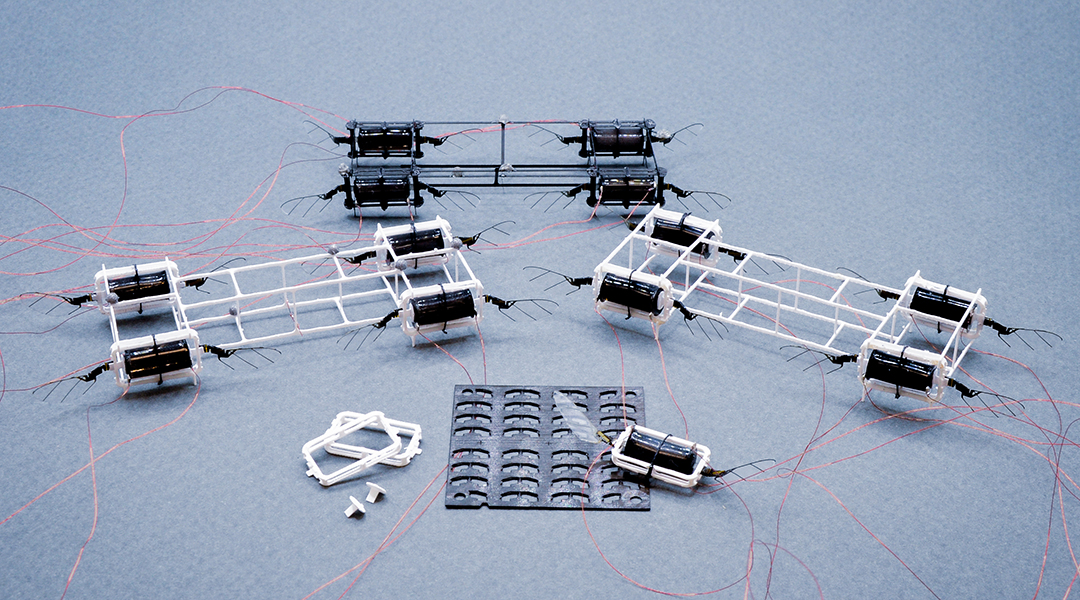
To make swarms of honeybee-sized robots, researchers propose new design and fabrication methods to cut down on time and resources.
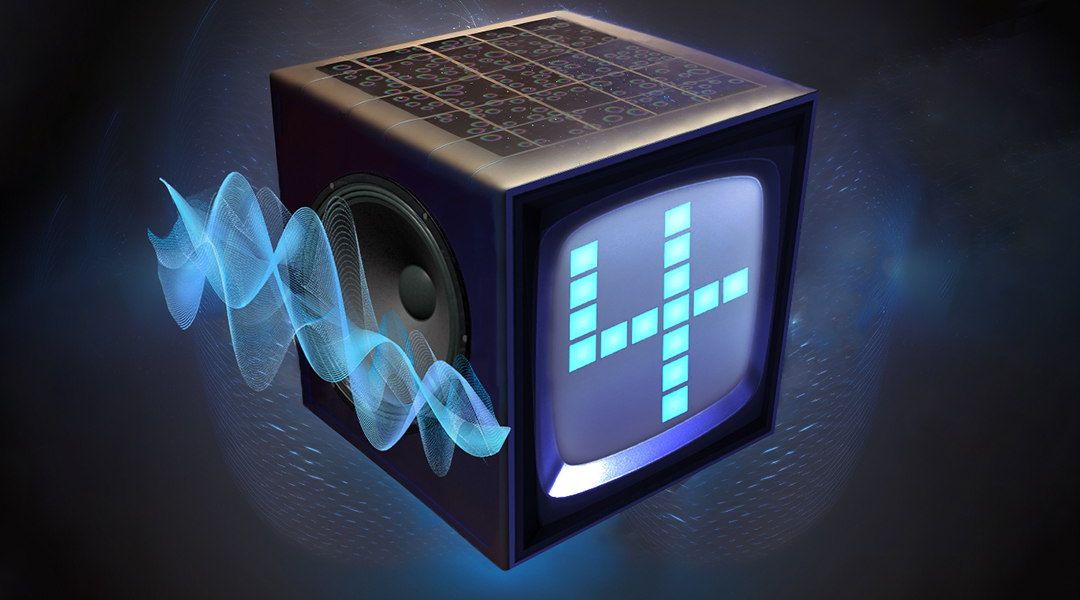
A thin film composed of small magnetic whirls called skyrmions performs voice pattern recognition with an accuracy approaching 99%.
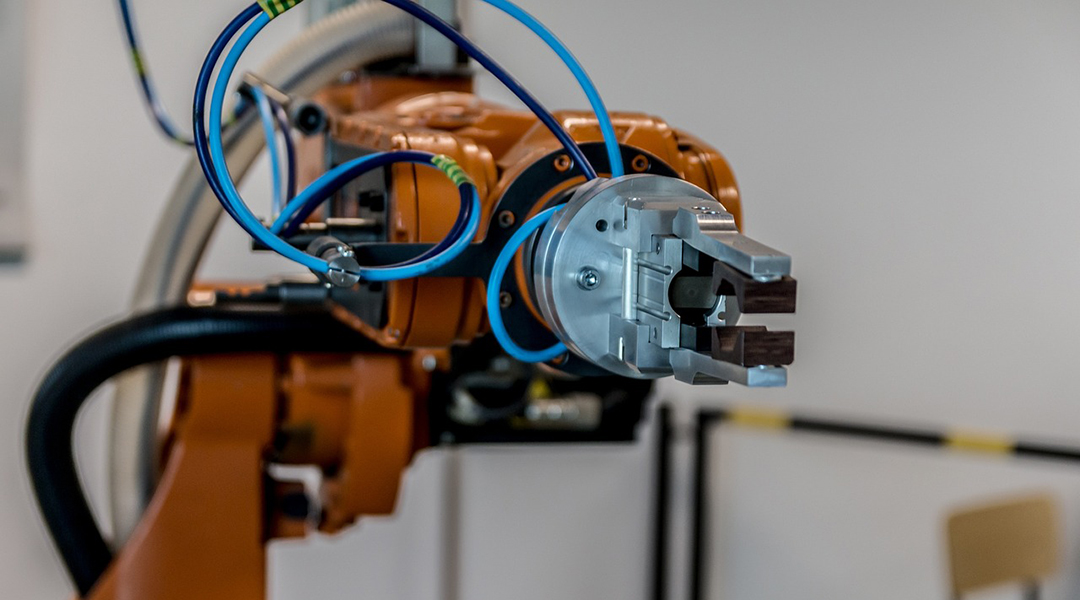
An intelligent eye tracker allows for accurate, hands-free remote control of robots without the need for joysticks or other devices.
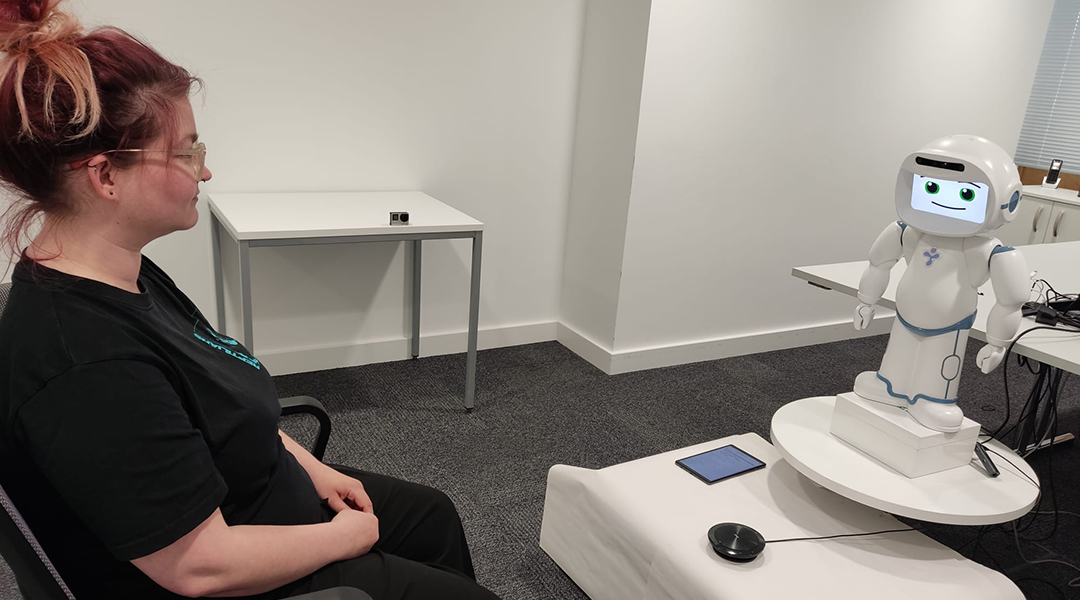
Just like successful therapist or coach relationships, machine-human relationships require engagement and trust if robots are to be useful.